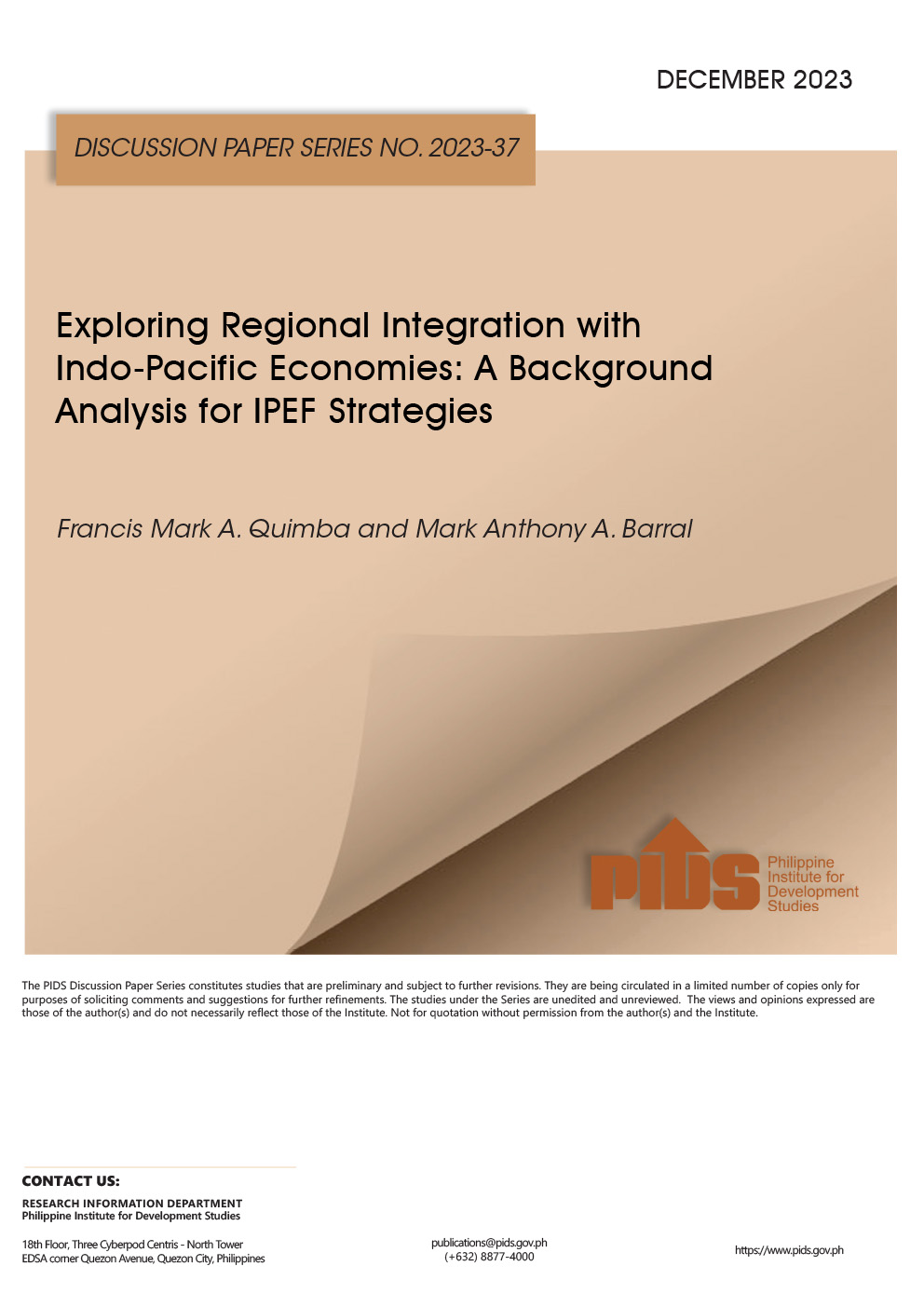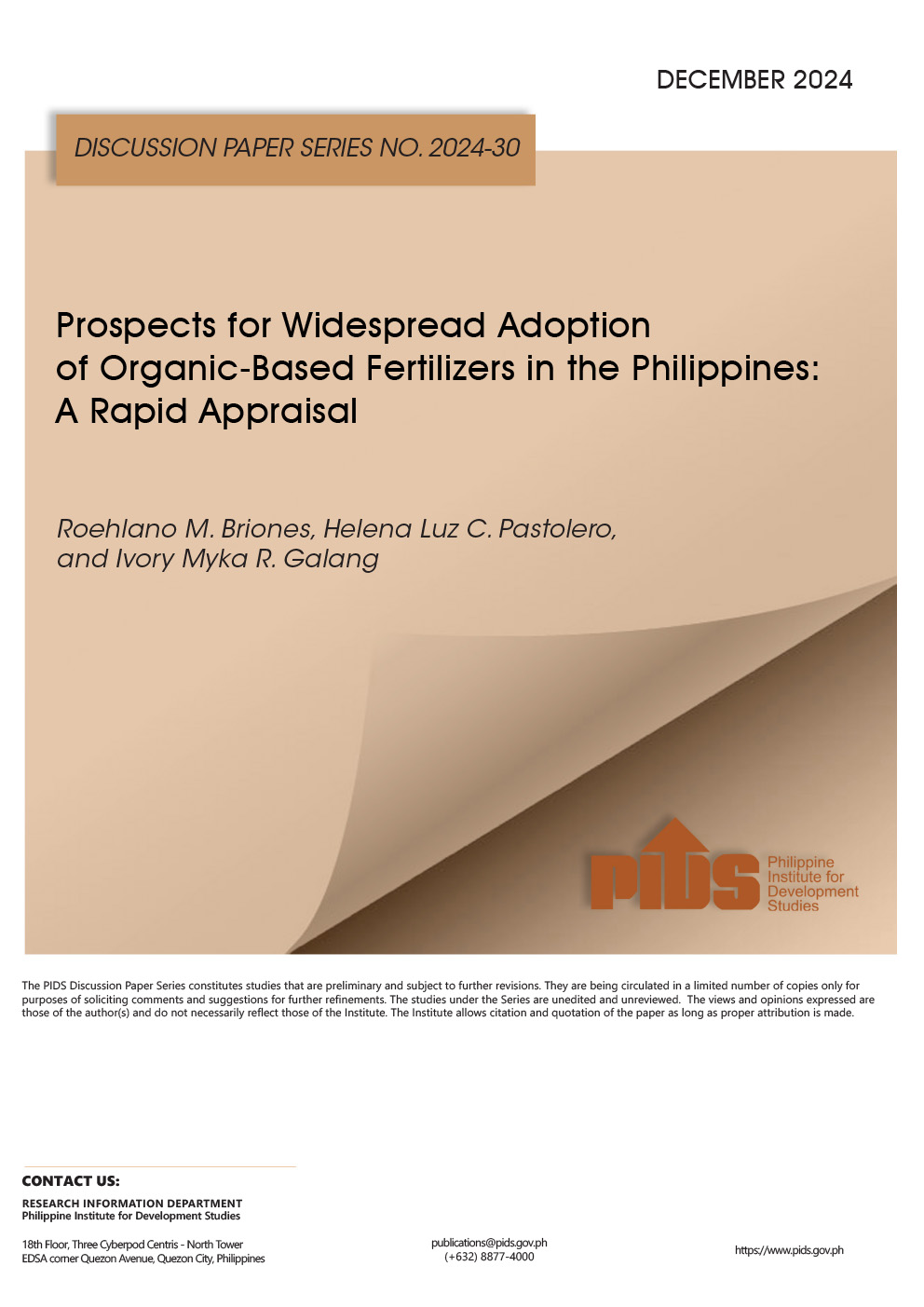For more than a decade, the Philippines had enjoyed the distinction of being free from the avian influenza (AI) or bird flu, particularly the strain that could infect humans. The highly pathogenic AI (HPAI or H5N1) was first detected in Hong Kong, where human infections were recorded following an outbreak in poultry in 1997. After it resurfaced in Asia in 2003, the HPAI wreaked havoc on the poultry industry of neighboring countries, such as Thailand and Vietnam.
In 2004 the Philippine government had put in place a bird-flu preparedness and response plan to contain possible outbreaks. In 2007 the Department of Agriculture (DA) came up with the Avian Influenza Protection Program as part of its stepped-up efforts to shield the Philippines from the virus. Manila also banned live birds and various chicken products from AI-infected countries to protect the domestic poultry population.
Experts had earlier said that the country’s tropical climate is a blessing as bird flu usually thrives in cold weather. Apart from its climate, the Philippines’s geography would help prevent the spread of the virus should it hit the country, according to experts. Unlike Vietnam and Thailand that are landlocked, the Philippines is an archipelago, making it easier for authorities to contain bird flu.
Despite the country’s natural attributes and government efforts to protect the Philippines from AI, the virus managed to find its way into Pampanga’s poultry farms. Until now, the DA could still not say how bird flu was able to strike poultry farms in Pampanga. The DA’s focus, for now, is to ensure that the local poultry sector would not suffer huge losses and to compensate affected farmers.
But the government’s search for answers, particularly the origin of the outbreak and why farmers hid the increasing mortality of their fowls, must not stop. And whatever it finds, the government must hold people—even influential ones—accountable for the loss of the country’s competitive edge. Because of the bird-flu outbreak, poultry exporters could no longer command a premium price for their products. According to Dr. Roehlano M. Briones, senior research fellow at the Philippine Institute for Development Studies, poultry exporters must now compete with their counterparts in Asia based on cost.
Businesses hate more regulation because this tends to weigh them down and add to their cost. Given the circumstances, however, the government cannot be faulted for putting in place more measures to contain and eliminate bird flu altogether. The DA must make good on its promise to regularly inspect livestock and poultry farms if it wants to help growers regain the trust of their customers. It must also find a way to penalize those who will not immediately report outbreaks, after the government conducts an information campaign on bird flu.
The bird-flu outbreak also underscored the DA’s need for a bigger budget. The department must be given adequate resources to craft a better program and prepare the country for possible outbreaks of livestock diseases.
In 2004 the Philippine government had put in place a bird-flu preparedness and response plan to contain possible outbreaks. In 2007 the Department of Agriculture (DA) came up with the Avian Influenza Protection Program as part of its stepped-up efforts to shield the Philippines from the virus. Manila also banned live birds and various chicken products from AI-infected countries to protect the domestic poultry population.
Experts had earlier said that the country’s tropical climate is a blessing as bird flu usually thrives in cold weather. Apart from its climate, the Philippines’s geography would help prevent the spread of the virus should it hit the country, according to experts. Unlike Vietnam and Thailand that are landlocked, the Philippines is an archipelago, making it easier for authorities to contain bird flu.
Despite the country’s natural attributes and government efforts to protect the Philippines from AI, the virus managed to find its way into Pampanga’s poultry farms. Until now, the DA could still not say how bird flu was able to strike poultry farms in Pampanga. The DA’s focus, for now, is to ensure that the local poultry sector would not suffer huge losses and to compensate affected farmers.
But the government’s search for answers, particularly the origin of the outbreak and why farmers hid the increasing mortality of their fowls, must not stop. And whatever it finds, the government must hold people—even influential ones—accountable for the loss of the country’s competitive edge. Because of the bird-flu outbreak, poultry exporters could no longer command a premium price for their products. According to Dr. Roehlano M. Briones, senior research fellow at the Philippine Institute for Development Studies, poultry exporters must now compete with their counterparts in Asia based on cost.
Businesses hate more regulation because this tends to weigh them down and add to their cost. Given the circumstances, however, the government cannot be faulted for putting in place more measures to contain and eliminate bird flu altogether. The DA must make good on its promise to regularly inspect livestock and poultry farms if it wants to help growers regain the trust of their customers. It must also find a way to penalize those who will not immediately report outbreaks, after the government conducts an information campaign on bird flu.
The bird-flu outbreak also underscored the DA’s need for a bigger budget. The department must be given adequate resources to craft a better program and prepare the country for possible outbreaks of livestock diseases.












